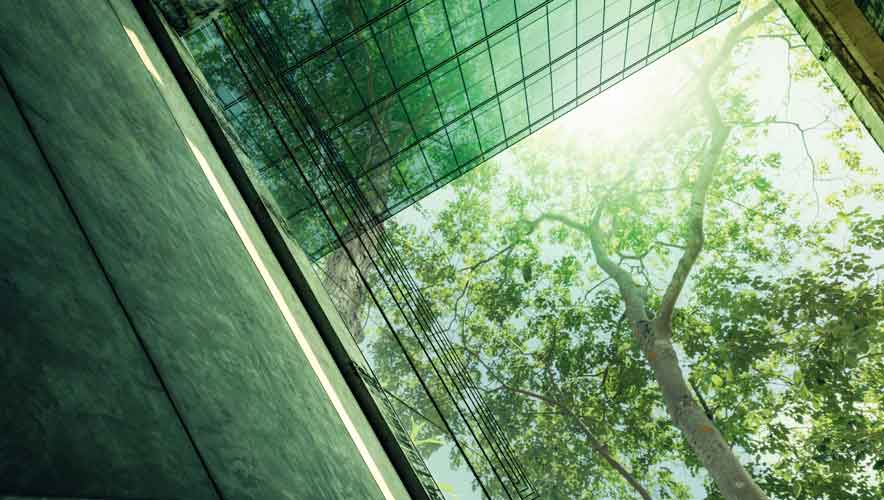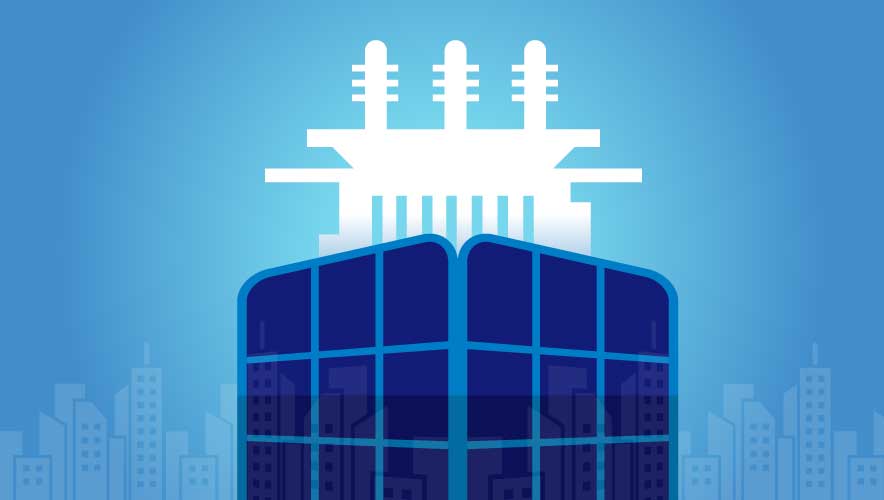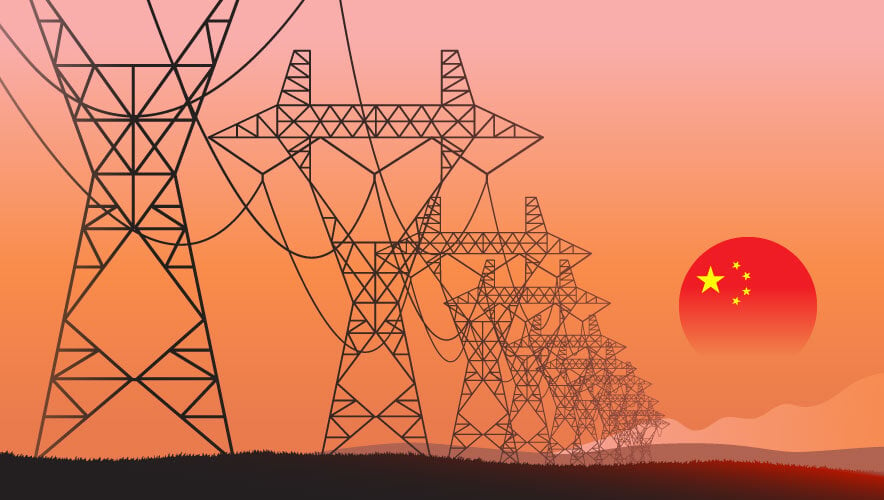Meeting a Living Building Challenge
When PAE began designing its new Portland, Oregon, headquarters, the 56-year-old engineering firm decided that the building should reflect its commitment to sustainability.
PAE carefully selected mechanical and electrical systems and technology that would create—and use—its own electricity, and use only rainwater, creating a net zero footprint.
“Our goal was to be a living building,” says Ryan Sennett, a senior associate at PAE. “That can only happen after the building’s been occupied for over a year and you’ve proven deliverables—like using no municipal water and generating 105 percent of the building's energy consumption.”
Among the many systems that PAE installed in its new headquarters were a 71,000-gallon cistern system to reclaim rainwater, a water treatment system to turn rainwater into potable drinking water, a solid waste treatment system, and composters to turn waste into fertilizer.
“Essentially, the idea is to eliminate waste and become a self-sustaining ecosystem, just like in nature,” Sennett says.
PAE even looked for ways to create a more energy efficient telecommunications system. Working with the other owners of the building, PAE devised a solution that minimized cabling, network switches, servers, and distribution frames.
“This allowed us to reduce the need for extra cooling and got our telecommunications energy consumption down to the equivalent of about one-and-a-half hairdryers for all five floors of our building,” Sennett adds.
To offset the energy demands of the building and its occupants, PAE installed solar arrays on its roof and the roof of a nearby affordable housing unit. These panels produce enough energy for the PAE Living Building, as well as provide some energy for the affordable housing unit.
Protecting Property and People
“In a living building, every watt you consume has an impact on your building’s energy footprint,” Sennett says. “That includes the security camera system you install.”
So, when PAE was considering a video surveillance system for its new headquarters, it went looking for a solution that was as minimal as possible without compromising the security of its building or the safety of its employees and tenants.
“We didn’t want to throw cameras, data drops, and network switches everywhere,” Sennett adds. “In keeping with the power consumption and materials usage goals of the overall project, we wanted to use the fewest number of cameras we could to get the views we needed for security purposes.”
With help from Convergint, a systems integrator and Axis partner, PAE decided on two Axis quad sensor camera models: the AXIS P37 and AXIS P38 Panoramic Camera Series. The AXIS P37 camera would be used for the building’s interior, while the AXIS P38 would be used for the building’s exterior.
“We found that the panoramic view each camera delivers gives the property’s security monitoring company great awareness of what goes on in and around the building,” Sennett says. “Plus, the Axis technology integrates well with our Genetec video management system.”
Two AXIS P37 cameras cover the main lobby and the bicycle lockup at the back of the building, as well as the halls and stairwell entrances. Two AXIS P38 cameras capture all the activity on the street.
“The outside cameras are especially important as our building resides in Old Town Portland where we want to keep an eye on potential crime,” Sennett explains. “The cameras’ field of view extends several blocks in both directions.”
A loitering analytic alerts security to people lingering near the building after business hours or laying down in the doorway overnight. Using the cameras, PAE was able to observe someone setting a fire outside a rear entrance and alert security to douse the blaze before any significant damage was done.
Energy-Efficient Access Control
Minimizing the energy requirements for access control was another project goal for PAE. Instead of installing traditional door contacts, controller boards, and power supplies on the wall, PAE opted for a POE-powered lock set and a 2N IP Verso intercom with a card reader—a solution that would consume 50 percent less power.
“The 2N intercom not only gives PAE employees and other tenants easy access to the building, it allows us to visually screen visitors and unlock the front door remotely,” Sennett says.
The intercom links to the building’s phone system so when a visitor scrolls through the directory and pushes a tenant’s button, the call automatically routes to that tenant’s line.
“The system is really convenient,” Sennett adds. “We can even control the front door interaction through a 2N application on our smartphones.”
Sharing a Common Sustainability Goal
“When we started this project, we planned to partner with manufacturers that shared the same sustainability mindset as PAE,” Sennett explains. “With Axis, we saw a lot of momentum toward sustainability—both in the materials being used in their cameras and the manufacturing processes they employed.”
Sennett adds that PAE looks forward to pushing the sustainability envelope with Axis on future projects.
Chris Shanelaris manages public relations for Axis Communications in the Americas, overseeing media engagement, analyst relations, and corporate and brand communications.
Contact Axis Communications to learn more about the products and solutions mentioned in this article at: www.axis.com/contact-us
© Axis Communications











